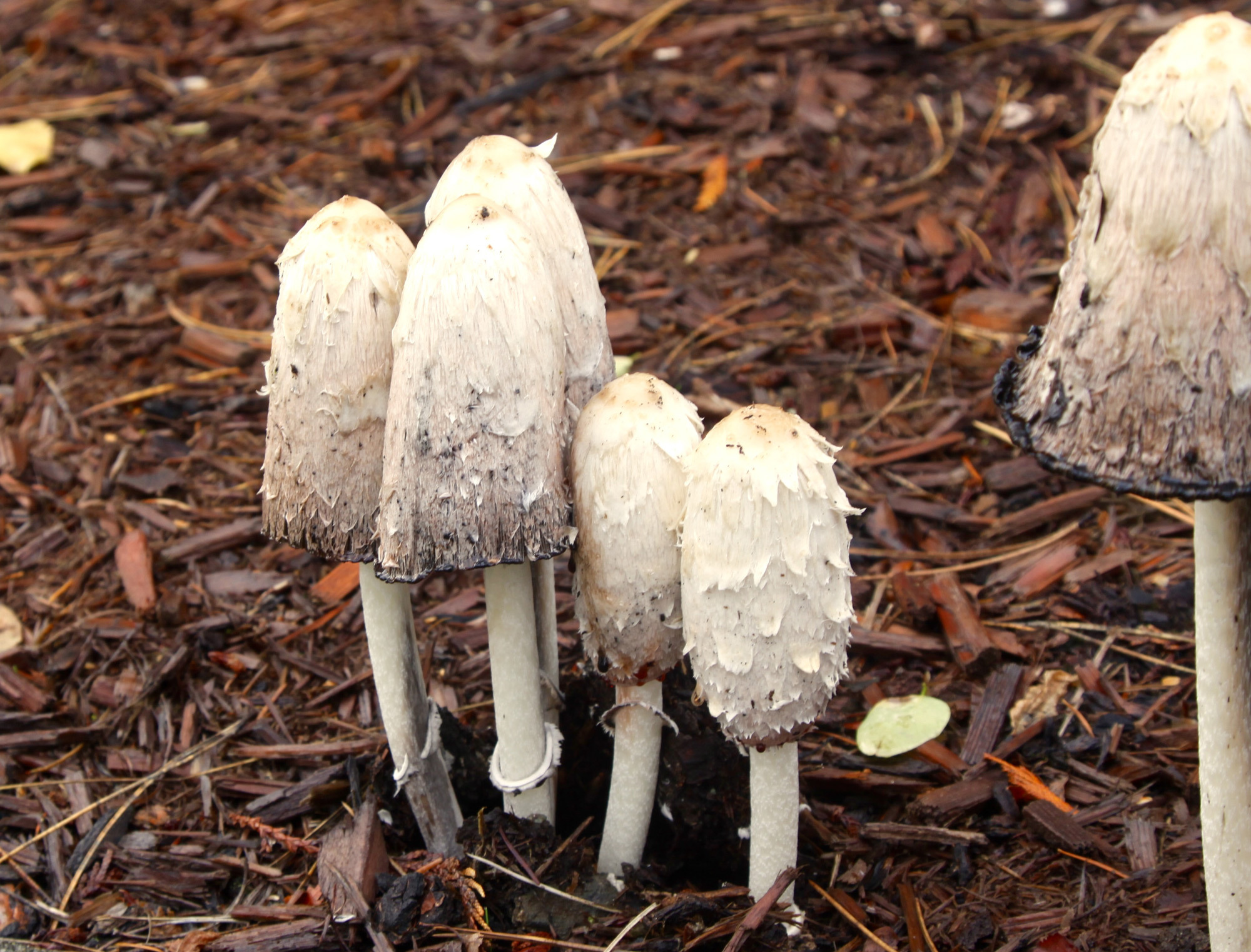Shaggy Mane
The shaggy mane mushroom, with its tall, cylindrical shape and distinctive "shaggy" appearance, is a delight to find in the wild. Beyond its unique look, in places like Alberta, it's also valued for its rather brief edible stage, offering a delicate and transient taste.

More on Shaggy Mane
About
The shaggy mane mushroom, scientifically named Coprinus comatus, is also colloquially known as the "lawyer's wig" due to its tall, white, cylindrical cap covered with flaky, upturned scales. This mushroom, found in grassy areas, along roadsides, and in meadows, has an intriguing lifecycle. It's best recognized for its self-digesting process called deliquescence, where the mushroom's gills liquefy from the bottom up, turning into a black inky substance.
History
Foragers in regions including Alberta have sought shaggy mane mushrooms for generations. The transient nature of the edible stage of this mushroom – that brief window before it begins its self-liquefying process – has added a layer of intrigue and urgency to its collection. Indigenous communities have been aware of the mushroom's edible qualities, and over time, it became recognized in broader local culinary traditions as a tasty, if somewhat elusive, wild food.
Ways To Cook
The culinary charm of shaggy mane mushrooms lies in their delicate flavour and tender texture. It's crucial to cook them soon after foraging, before the liquefying process advances too far. They can be simply sautéed in butter or oil, seasoned lightly to allow their natural taste to shine. They are also a flavorful addition to soups and stews. Because of their ink-like self-digestion, shaggy manes have historically been experimented with as a natural ink source, though this is more of a novelty than a widespread practice. As with all wild mushrooms, proper identification by an expert or experienced forager is essential to ensure safety in consumption.
